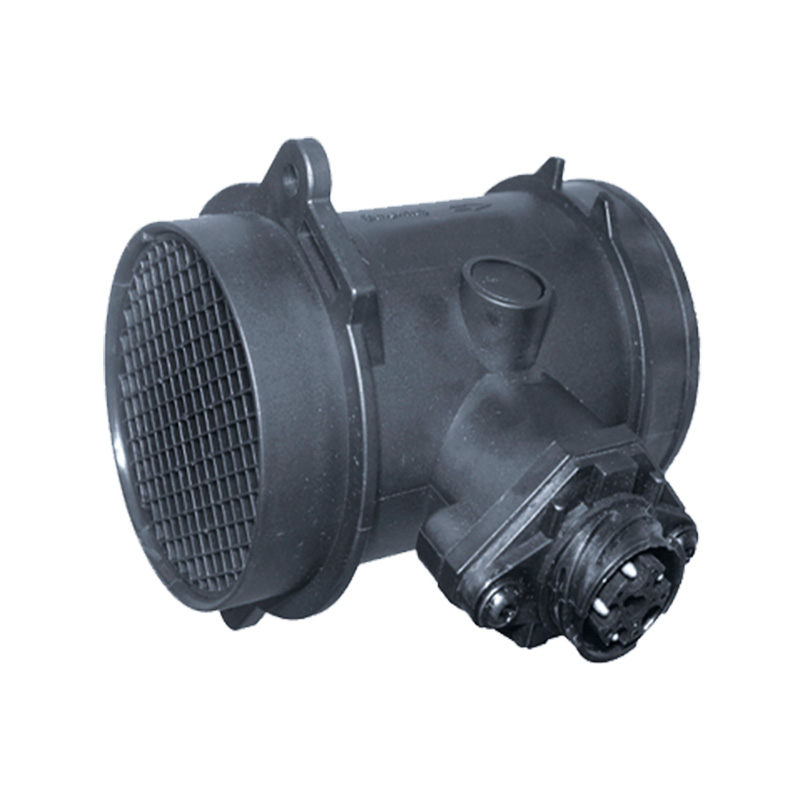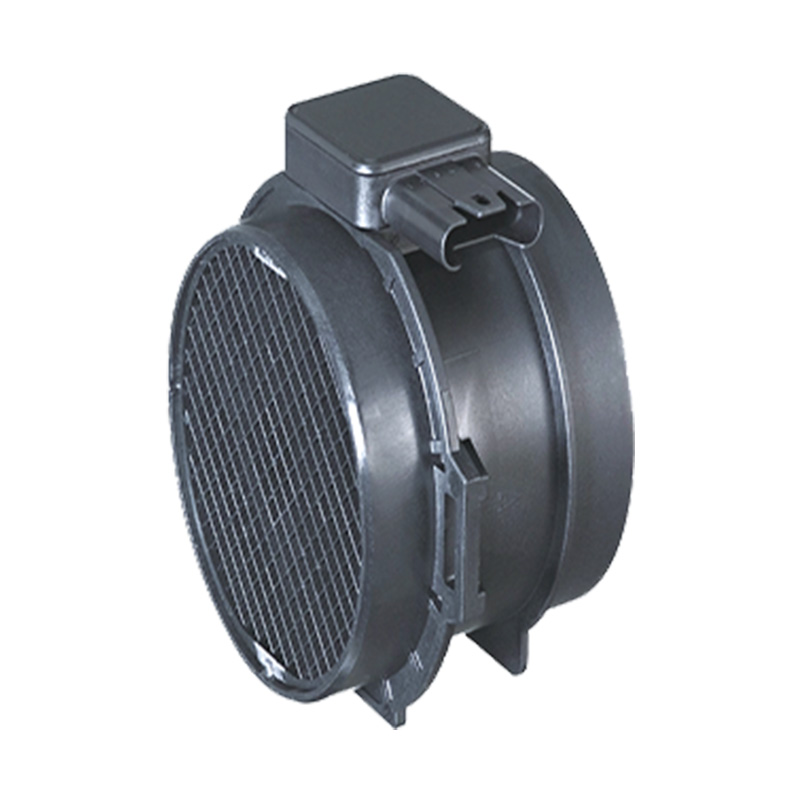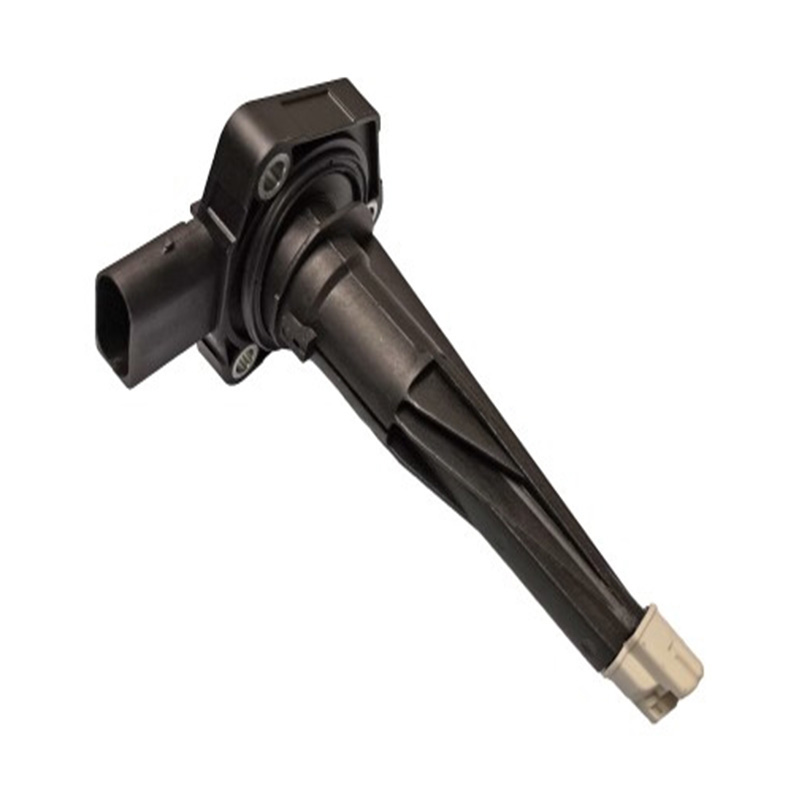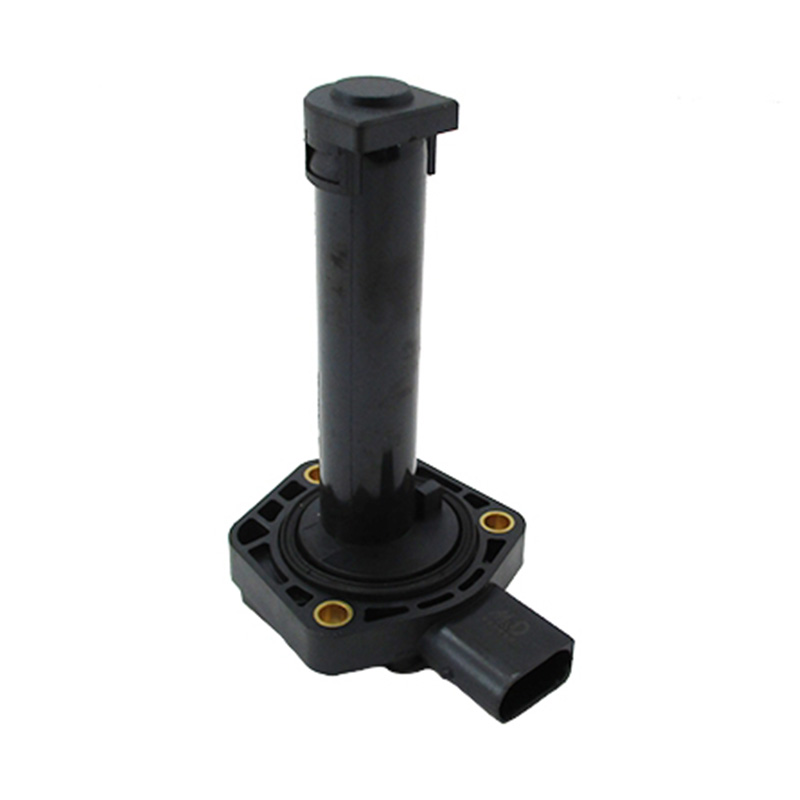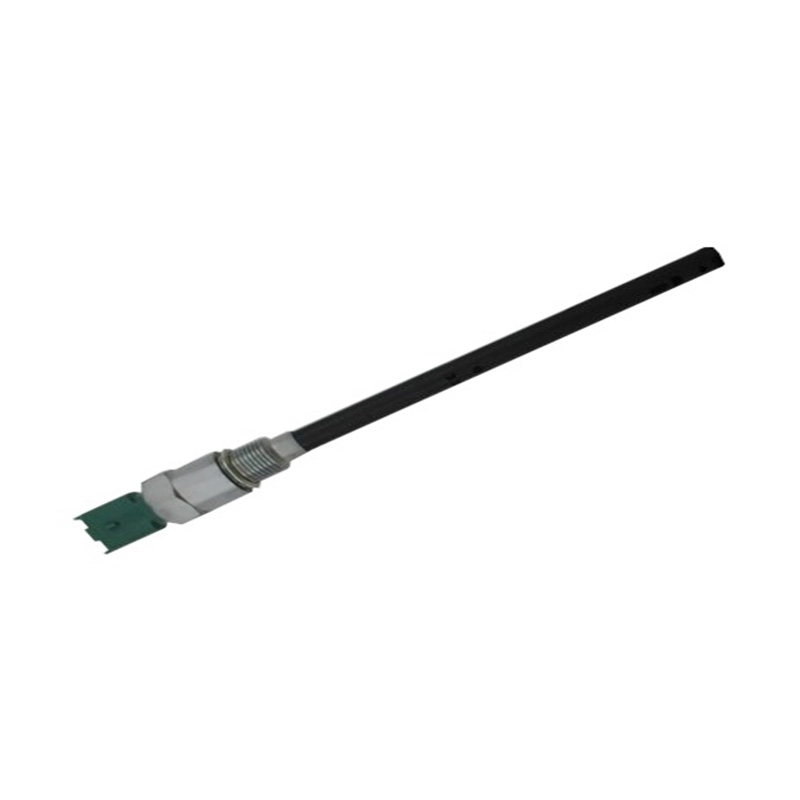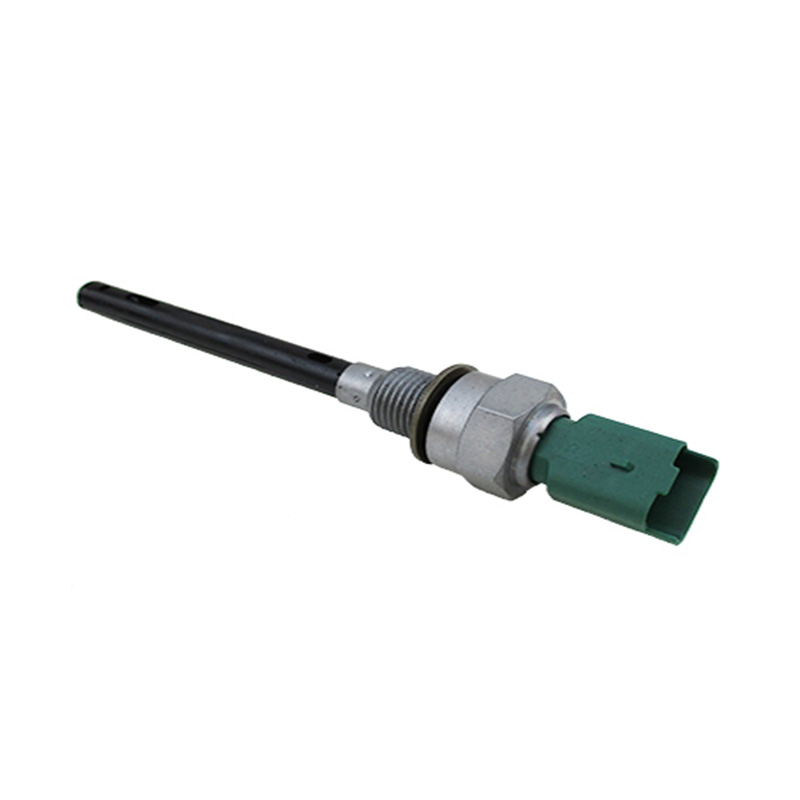OEM.NO: 0280 217 500 0280217 501
See DetailsStep-by-Step Guide to Replacing a Faulty BMW Air Flow Sensor
The air flow sensor plays a crucial role in ensuring that the engine receives the proper air-fuel mixture for efficient combustion. When the BMW air flow sensor starts to malfunction, it can affect engine performance, fuel efficiency, and even emissions. Replacing a faulty Custom BMW air flow sensor can improve these aspects and restore the vehicle's good function. This step-by-step guide walks you through the process of replacing a faulty BMW air flow sensor, providing a clear and simple method for car owners to follow.
Before replacing the BMW air flow sensor, it's important to understand the signs of a malfunction. If the sensor is not functioning properly, the engine may not receive the correct air measurements, resulting in issues such as:
Rough idling: The engine may experience irregular idling when the air flow sensor is not working correctly.
Poor acceleration: Sluggish or delayed acceleration can occur due to incorrect air-fuel ratios.
Increased fuel consumption: A malfunctioning sensor can cause the engine to burn more fuel than necessary, resulting in lower fuel efficiency.
Check engine light: A faulty sensor may trigger the check engine light, which can be diagnosed with an OBD-II scanner.
Before beginning the replacement process, ensure that the vehicle is turned off and the engine is cool. Disconnecting the car’s battery is a recommended safety measure to prevent electrical issues while working on the sensor.
The BMW air flow sensor is typically located in the intake system between the air filter box and the throttle body. To gain access to the sensor, you may need to remove or move some components around. These could include the engine cover, intake tubing, or other parts that might obstruct access.
Using the screwdriver or trim removal tool, carefully remove any screws or clips that are securing the intake hose or air filter housing. Once these parts are removed, you should be able to see the OEM Air Sensor Car.
Before removing the sensor itself, disconnect the electrical wiring that connects it to the vehicle’s engine control unit (ECU). The connector is usually secured with a clip or latch that you can release using your fingers or a small tool. Once the connector is detached, set it aside to avoid any damage.
The BMW air flow sensor is typically secured to the intake tubing with a set of screws or bolts. Using the socket wrench, carefully remove these screws or bolts. Take note of the orientation of the sensor and any other parts that may be attached to it. Gently pull the sensor out of its housing. Be sure to avoid damaging the surrounding components as you remove the sensor.
Once the faulty sensor is removed, it’s time to install the new one. Position the new BMW air flow sensor into the housing, making sure it is properly aligned. Secure the sensor in place using the screws or bolts you previously removed. Tighten them gently to avoid damaging the sensor or the intake tubing.
After the sensor is secured, reconnect the electrical connector. Make sure the connector clicks into place and is firmly attached to the sensor. Improper connection can cause the sensor to malfunction even if it is physically installed correctly.
After the new BMW air flow sensor is installed and connected, reassemble any intake components that were removed earlier. This may include securing the air filter housing or any intake hoses that were disconnected to gain access to the sensor. Make sure all clamps and screws are tightened securely, as loose components can cause air leaks, which can negatively affect engine performance.
Once everything is reassembled, reconnect the vehicle’s battery. Start the engine and allow it to run for a few minutes. Pay attention to how the engine idles and performs. If the Air Flow Meter Car Maker was the issue, you should notice an improvement in engine response and fuel efficiency.
Using an OBD-II scanner, check for any error codes. If the replacement was successful, the check engine light should no longer be illuminated. If the light remains on, the issue may not be with the sensor itself, and further diagnostics may be required.
Replacing a faulty BMW air flow sensor is an essential task for maintaining engine health and performance. A well-functioning sensor ensures that the engine receives the correct air-fuel mixture, which results in ideal fuel efficiency, reduced emissions, and smooth engine performance. By following this step-by-step guide, you can replace the faulty sensor with a new one and restore your vehicle’s engine to its full potential.
